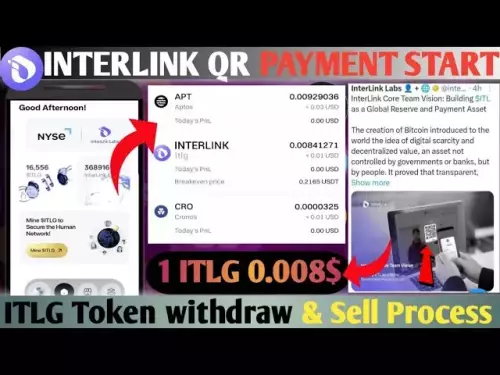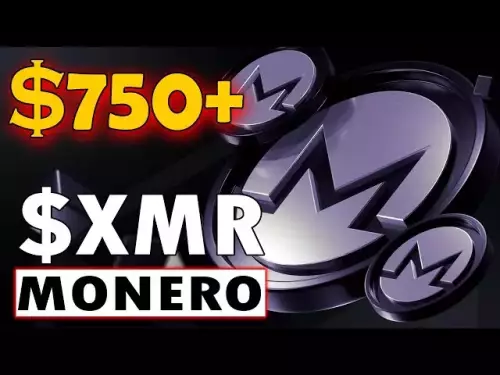-
 bitcoin
bitcoin $107208.295278 USD
-1.54% -
 ethereum
ethereum $3874.629914 USD
-1.38% -
 tether
tether $1.000440 USD
0.03% -
 bnb
bnb $1089.465513 USD
-5.53% -
 xrp
xrp $2.327672 USD
-1.65% -
 solana
solana $184.766505 USD
-0.73% -
 usd-coin
usd-coin $1.000076 USD
0.02% -
 tron
tron $0.310632 USD
-1.99% -
 dogecoin
dogecoin $0.187615 USD
-1.60% -
 cardano
cardano $0.633389 USD
-2.75% -
 ethena-usde
ethena-usde $0.999553 USD
0.03% -
 hyperliquid
hyperliquid $35.608231 USD
-4.13% -
 chainlink
chainlink $16.876114 USD
-3.98% -
 stellar
stellar $0.312239 USD
-0.91% -
 bitcoin-cash
bitcoin-cash $473.262969 USD
-7.09%
How do you use BOLL in combination with the ADX indicator?
Combining BOLL and ADX helps crypto traders confirm trend strength and volatility, improving entry accuracy and reducing false breakouts in volatile markets.
Oct 16, 2025 at 12:19 am
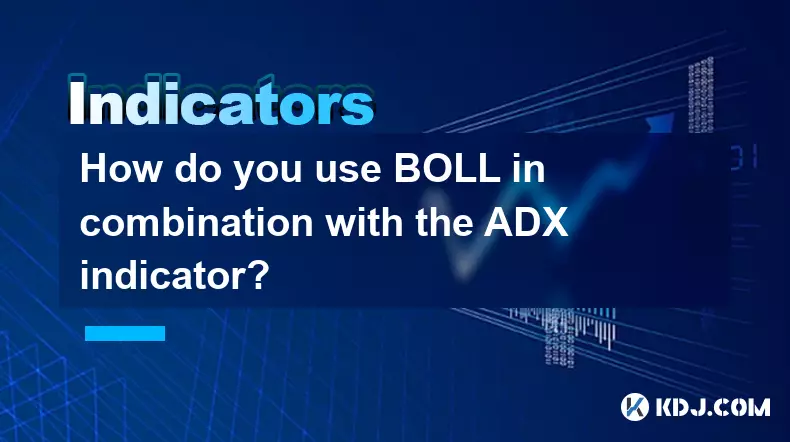
Understanding the BOLL and ADX Indicators in Crypto Trading
The Bollinger Bands (BOLL) and Average Directional Index (ADX) are two widely used technical analysis tools in the cryptocurrency market. When applied together, they offer traders a more comprehensive view of price volatility and trend strength. BOLL consists of a middle band (typically a 20-period simple moving average) and upper and lower bands that adjust based on standard deviation, reflecting volatility. The ADX, on the other hand, measures the strength of a trend regardless of its direction, with values above 25 generally indicating a strong trend.
Combining BOLL and ADX for Enhanced Signal Accuracy
- When the price touches or moves beyond the upper BOLL band and the ADX is rising above 25, it suggests a strong upward trend may be forming. This combination can signal a potential long position entry, especially if supported by volume.
- If the price hugs the lower BOLL band while the ADX climbs past 25, it indicates a powerful downtrend. Traders might consider short positions under these conditions, particularly when other bearish signals align.
- A narrowing BOLL (squeeze) often precedes high-volatility breakouts. When this occurs alongside a rising ADX, it confirms that the breakout is likely to have momentum, increasing confidence in trade execution.
- Conversely, if the BOLL bands are wide but the ADX remains below 20, it implies weak trend strength despite high volatility. In such cases, price movements may be choppy and unreliable, suggesting caution in entering new positions.
- Traders should avoid acting on BOLL extremes alone; combining them with ADX readings helps filter false breakouts and reduces emotional decision-making during volatile crypto swings.
Practical Application in Bitcoin and Altcoin Markets
- During a Bitcoin rally, if price consistently rides the upper BOLL band and ADX strengthens from 20 to over 30, it validates the bullish momentum. This scenario supports holding or adding to long positions.
- In altcoin trading, where volatility is extreme, a BOLL squeeze followed by a breakout accompanied by ADX surging above 25 can pinpoint explosive moves early. Such setups are common before major news or halving events.
- If Ethereum begins consolidating within narrow BOLL bands and ADX declines below 20, it reflects indecision and low directional strength. This environment favors range-bound strategies rather than trend following.
- Monitoring divergence between price action and ADX while observing BOLL behavior can uncover weakening trends—such as price making higher highs while ADX flattens, signaling exhaustion.
- Scalpers on platforms like Binance or Bybit use this combo on 15-minute charts to identify quick entries during intraday squeezes confirmed by rising ADX values.
Risk Management and Confirmation Signals
- Using BOLL without confirming ADX levels can lead to premature entries during fakeouts. A breakout beyond the band must coincide with ADX growth to be credible.
- Volume spikes during BOLL breakouts add further validation, especially when aligned with ADX increases, reducing the risk of whipsaws in low-liquidity altcoins.
- Setting stop-loss orders just outside the opposite BOLL band helps manage downside, while trailing stops can be adjusted based on ADX decline, locking in profits as trend strength fades.
- Integrating candlestick patterns—like bullish engulfing at the lower BOLL band with rising ADX—adds confluence and improves trade probability in fast-moving crypto markets.
- Backtesting this strategy across different market cycles, including bear, bull, and sideways phases, reveals its adaptability and limitations in various crypto conditions.
Frequently Asked Questions
What does a high ADX with flat BOLL bands indicate?A high ADX with flat BOLL bands is rare because high ADX usually corresponds with expanding volatility. However, if observed, it may suggest a strong trend is emerging just as volatility contracts, possibly preceding a sharp directional move.
Can BOLL and ADX be used on all timeframes?Yes, both indicators are scalable across timeframes. On shorter intervals like 5-minute charts, signals appear more frequently but carry higher noise. On daily or weekly charts, fewer signals occur but tend to be more reliable for swing or position trading.
How do you interpret ADX below 20 with price near BOLL bands?ADX below 20 indicates a weak trend. Even if price reaches the upper or lower BOLL band, the lack of directional strength suggests the move may not sustain. This often results in reversals or sideways movement, making it risky to chase entries.
Is the BOLL and ADX combo effective in sideways crypto markets?In sideways markets, BOLL bands contract and price oscillates between them. ADX typically stays below 20. While the combo doesn’t support trend-following trades here, it helps identify consolidation phases, preparing traders for future breakout opportunities.
Disclaimer:info@kdj.com
The information provided is not trading advice. kdj.com does not assume any responsibility for any investments made based on the information provided in this article. Cryptocurrencies are highly volatile and it is highly recommended that you invest with caution after thorough research!
If you believe that the content used on this website infringes your copyright, please contact us immediately (info@kdj.com) and we will delete it promptly.
- Bitcoin, Altcoins, and Market Jitters: Navigating Crypto's Wild Ride
- 2025-10-19 00:25:17
- XRP Millionaire by 2030: Hopes, Hurdles, and How Much You Need
- 2025-10-19 00:25:17
- Falcons, 49ers, and the Odds: A Surprising Gridiron Story
- 2025-10-19 00:30:14
- Bitcoin's Next Decade: Will It Soar?
- 2025-10-19 00:45:12
- Ondo Finance, the SEC, and Tokenization: A New York Minute on Crypto's Regulatory Dance
- 2025-10-19 00:45:12
- Crypto, Million, Play: Is Digitap the Next Big Thing?
- 2025-10-19 01:05:16
Related knowledge
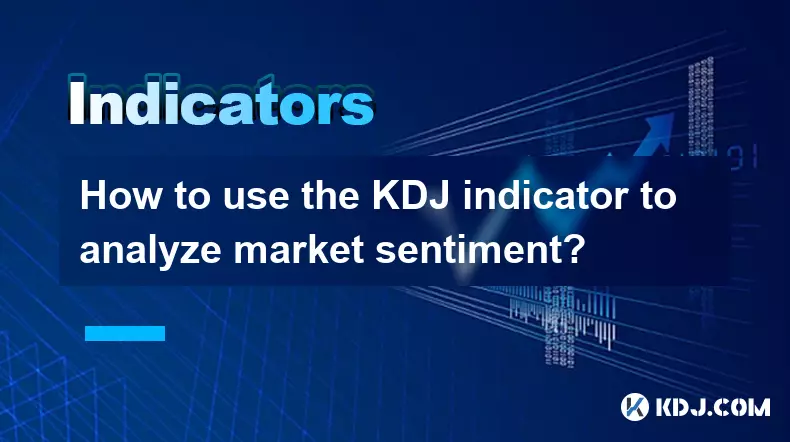
How to use the KDJ indicator to analyze market sentiment?
Oct 18,2025 at 07:18pm
Understanding the KDJ Indicator in Cryptocurrency Trading1. The KDJ indicator, also known as the Stochastic Oscillator, is a momentum-based technical ...
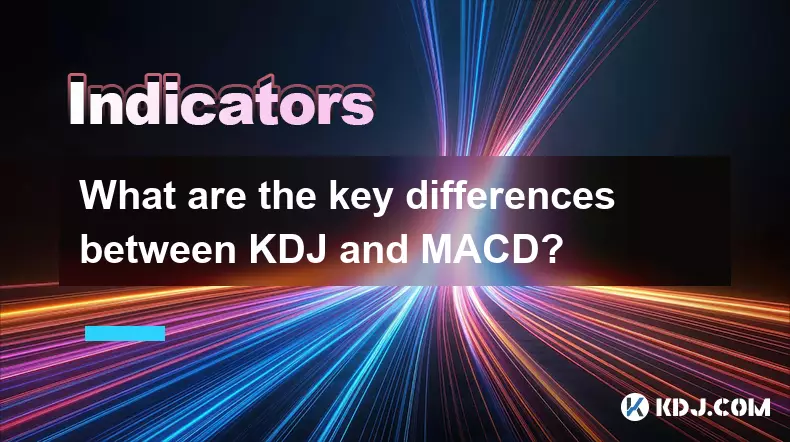
What are the key differences between KDJ and MACD?
Oct 18,2025 at 04:54am
KDJ Indicator: Core Mechanics and Usage1. The KDJ indicator is a momentum oscillator that combines the features of the Stochastic Oscillator with an a...
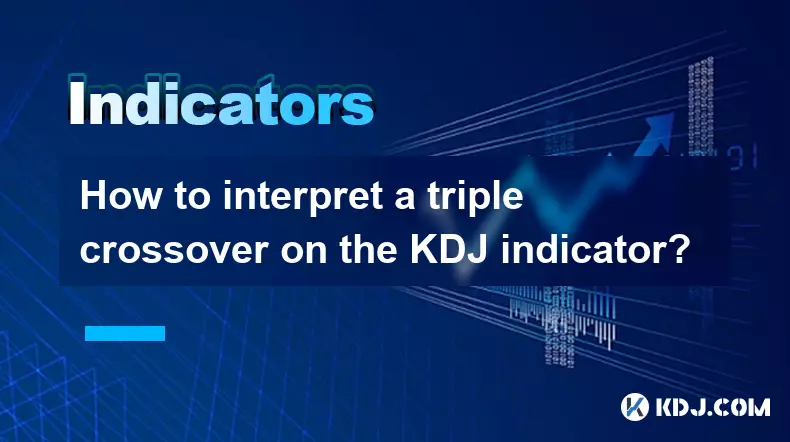
How to interpret a triple crossover on the KDJ indicator?
Oct 18,2025 at 01:54pm
Understanding the Triple Crossover in KDJ Indicator1. The KDJ indicator, a derivative of the Stochastic Oscillator, consists of three lines: K, D, and...
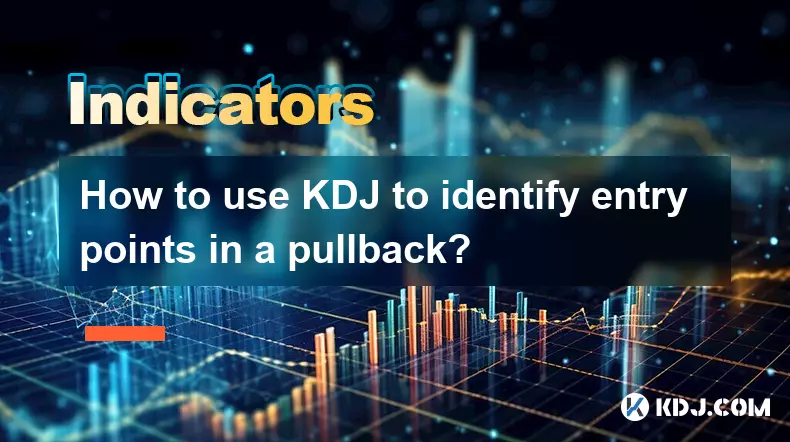
How to use KDJ to identify entry points in a pullback?
Oct 18,2025 at 09:36am
Understanding KDJ in the Context of Pullbacks1. The KDJ indicator, an extension of the stochastic oscillator, consists of three lines: %K, %D, and %J....
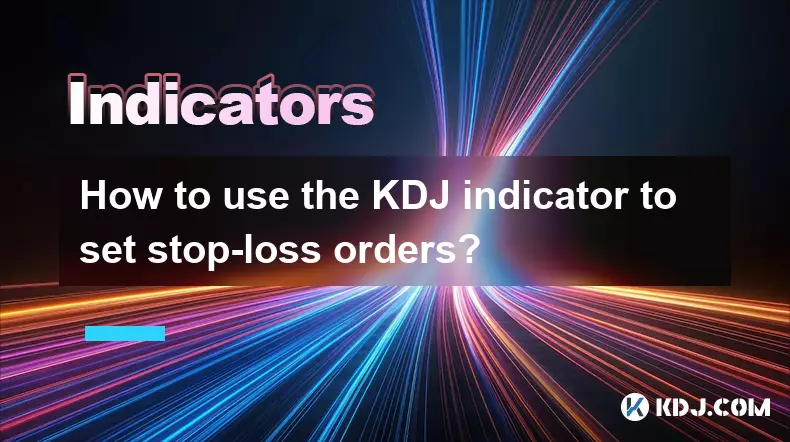
How to use the KDJ indicator to set stop-loss orders?
Oct 18,2025 at 05:18am
Understanding the KDJ Indicator in Cryptocurrency Trading1. The KDJ indicator, also known as the Stochastic Oscillator with J-line adjustment, is wide...
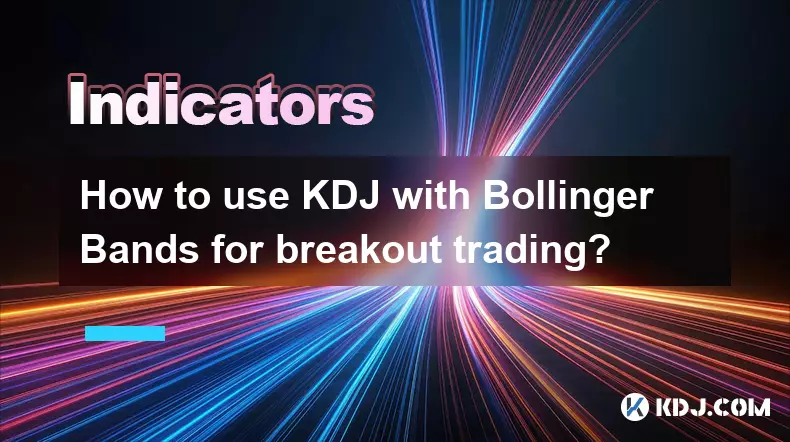
How to use KDJ with Bollinger Bands for breakout trading?
Oct 18,2025 at 09:54pm
Understanding KDJ and Bollinger Bands in Crypto Markets1. The KDJ indicator, an adaptation of the stochastic oscillator, combines %K, %D, and %J lines...

How to use the KDJ indicator to analyze market sentiment?
Oct 18,2025 at 07:18pm
Understanding the KDJ Indicator in Cryptocurrency Trading1. The KDJ indicator, also known as the Stochastic Oscillator, is a momentum-based technical ...

What are the key differences between KDJ and MACD?
Oct 18,2025 at 04:54am
KDJ Indicator: Core Mechanics and Usage1. The KDJ indicator is a momentum oscillator that combines the features of the Stochastic Oscillator with an a...

How to interpret a triple crossover on the KDJ indicator?
Oct 18,2025 at 01:54pm
Understanding the Triple Crossover in KDJ Indicator1. The KDJ indicator, a derivative of the Stochastic Oscillator, consists of three lines: K, D, and...

How to use KDJ to identify entry points in a pullback?
Oct 18,2025 at 09:36am
Understanding KDJ in the Context of Pullbacks1. The KDJ indicator, an extension of the stochastic oscillator, consists of three lines: %K, %D, and %J....

How to use the KDJ indicator to set stop-loss orders?
Oct 18,2025 at 05:18am
Understanding the KDJ Indicator in Cryptocurrency Trading1. The KDJ indicator, also known as the Stochastic Oscillator with J-line adjustment, is wide...

How to use KDJ with Bollinger Bands for breakout trading?
Oct 18,2025 at 09:54pm
Understanding KDJ and Bollinger Bands in Crypto Markets1. The KDJ indicator, an adaptation of the stochastic oscillator, combines %K, %D, and %J lines...
See all articles
























